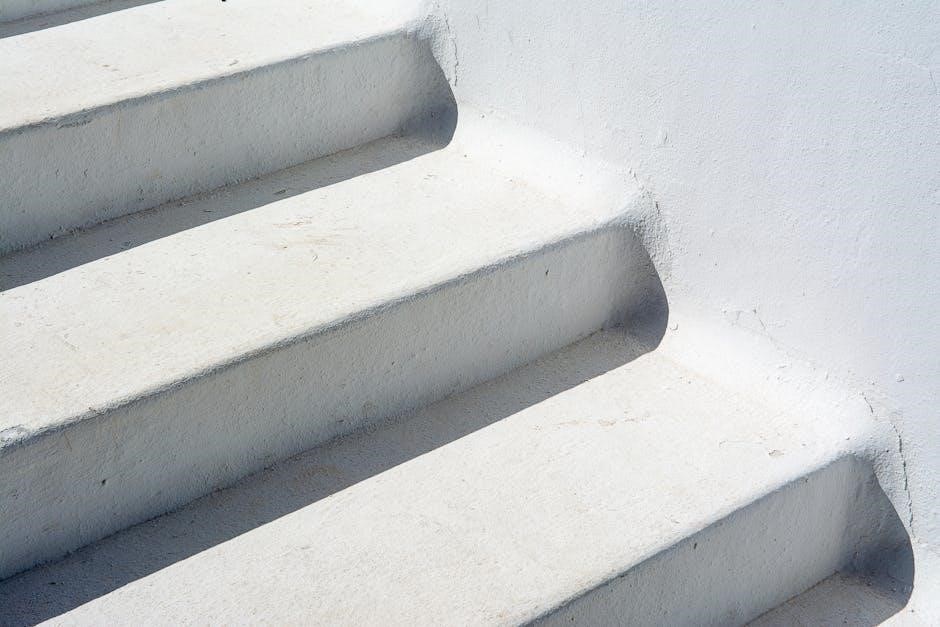Welcome to the Nikon D7100 User Manual, your comprehensive guide to mastering this powerful DSLR camera. This manual covers key features, shooting modes, menu functions, and troubleshooting tips to help you optimize your photography experience. Whether you’re a beginner or an advanced photographer, this resource is essential for unlocking the full potential of your Nikon D7100.
Overview of the Nikon D7100
The Nikon D7100 is a high-performance DSLR camera designed for enthusiasts and professionals. It features a 24.1-megapixel APS-C sensor, delivering exceptional image quality with sharp details and vibrant colors. The camera is powered by Nikon’s EXPEED 3 image-processing engine, ensuring fast performance and efficient noise reduction. With an ISO range of 100-6400 (expandable to 25600), it excels in low-light conditions. The D7100 also boasts a 51-point autofocus system, offering precise subject tracking and 3D focus tracking. Its continuous shooting mode captures up to 6 frames per second, ideal for action photography. The camera includes a 3.2-inch LCD screen and an optical viewfinder, providing versatile options for composition and playback. Built for durability, the D7100 features a magnesium alloy body, making it a robust tool for creative and demanding photography projects.
Key Features of the Nikon D7100
The Nikon D7100 is equipped with a range of advanced features that make it a powerful tool for photographers. Its 24.1-megapixel APS-C CMOS sensor captures detailed images with excellent color accuracy. The EXPEED 3 image processor ensures rapid operation, including fast autofocus and continuous shooting at 6 frames per second. The camera’s 51-point autofocus system, including 15 cross-type sensors, provides precise and flexible focus control. Video capabilities include 1080p HD recording with stereo sound and full manual controls. The D7100 also offers built-in HDR, weather sealing, and dual SD card slots for expanded storage. With its robust magnesium alloy body and intuitive controls, the D7100 is designed to meet the needs of both enthusiasts and professionals in various photography scenarios.
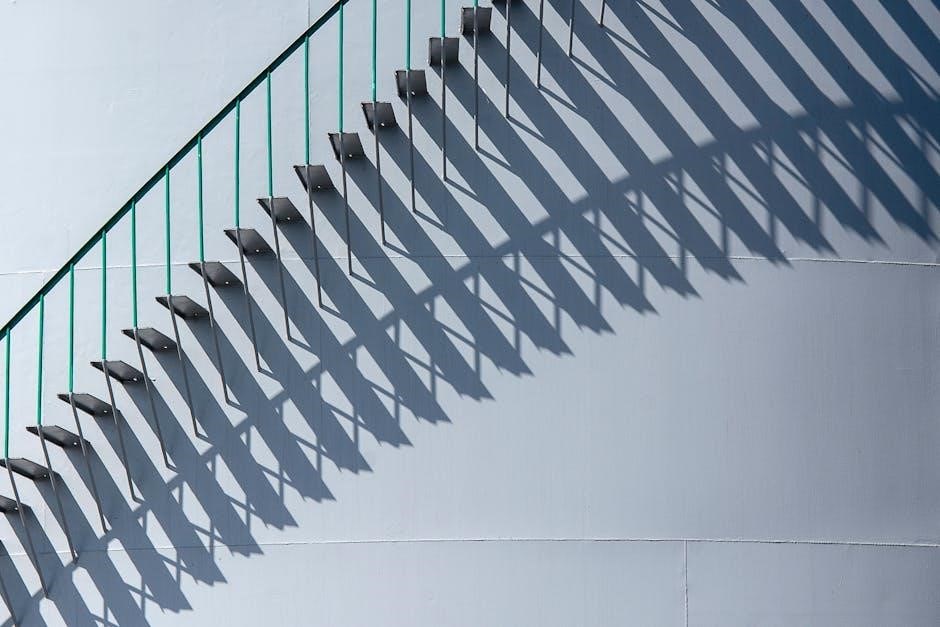
Getting Started with Your Nikon D7100
Unbox and set up your Nikon D7100 by charging the battery, inserting memory cards, and attaching the lens. Configure initial settings like language, date, and time. Refer to the manual or online guides for detailed setup instructions to ensure optimal performance.
Unboxing and Initial Setup
Unbox your Nikon D7100 carefully, ensuring all accessories, including the battery, charger, strap, and lens, are included. Charge the battery fully before first use. Insert compatible memory cards into the dual SD card slots. Attach the provided lens or your preferred Nikkor lens, ensuring it clicks securely into place. Power on the camera and navigate through the initial setup menu to configure language, time zone, date, and format the memory cards. Familiarize yourself with the camera’s exterior, including the mode dial, AF-mode button, and live view switch. Refer to the manual for detailed steps to ensure proper setup and functionality. This initial preparation is crucial for a seamless photography experience.
First-Time Camera Configuration
Upon turning on your Nikon D7100 for the first time, you’ll be prompted to set the language, time zone, date, and format the memory card. Select your preferred language using the arrow keys and confirm with the OK button. Choose your time zone from the list and set the current date and time. Formatting the memory card is essential to ensure proper camera functionality and prevent data errors. Navigate to the Setup Menu to access these options. After completing these steps, the camera is ready for use. Take a moment to review the basic settings to ensure everything is configured to your liking. Proper initial configuration ensures optimal performance and a smooth user experience.
Understanding Basic Camera Controls
Familiarizing yourself with the Nikon D7100’s basic controls is essential for effective photography. The Mode Dial on top allows you to switch between shooting modes like Auto, P, S, A, and M. The Shutter Release Button is used to take photos and activate autofocus. Adjust the Aperture Control Dial to modify f-stops, while the ISO Button lets you adjust sensitivity. The Multi-Selector navigates menu options and selects focus points. Understanding these fundamental controls ensures smooth operation and enhances your shooting experience. Take time to explore each feature and practice using them to achieve the desired results in your photography.

Shooting Modes on the Nikon D7100
The Nikon D7100 offers a variety of shooting modes, including Automatic, Programmed Auto, Shutter Priority, Aperture Priority, Manual, Scene Modes, and User-Defined Modes, catering to diverse photography needs.
Automatic Mode
In Automatic Mode, the Nikon D7100 simplifies photography by automatically adjusting settings like aperture, shutter speed, and ISO for optimal results. This mode is ideal for beginners or casual shooters who prefer point-and-shoot convenience. The camera analyzes the scene and selects the best settings, ensuring well-balanced exposure and focus. While it limits manual control, it’s perfect for capturing quick moments without adjusting advanced parameters. Users can rely on the camera’s intelligent system to handle most shooting scenarios, making it an excellent choice for everyday photography. Additionally, Automatic Mode often incorporates features like auto-focus and auto-flash, enhancing the overall ease of use and image quality.
Programmed Auto Mode (P)
Programmed Auto Mode (P) on the Nikon D7100 offers a balance between simplicity and control. The camera automatically sets aperture and shutter speed for optimal exposure, but users can adjust settings like ISO, white balance, and autofocus to tailor their shots. This mode is ideal for photographers who want to explore creative options without manually managing all parameters. It’s a great starting point for transitioning from fully automatic to more advanced modes. Programmed Auto Mode retains the ease of use of Automatic Mode while introducing basic customization options, making it versatile for various shooting scenarios and lighting conditions. It’s an excellent way to gain familiarity with manual controls gradually.
Shutter Priority Mode (S)
Shutter Priority Mode (S) on the Nikon D7100 allows you to set the shutter speed manually, while the camera automatically adjusts the aperture to ensure proper exposure; This mode is ideal for capturing motion effects, such as freezing fast-moving subjects or creating artistic blur. By controlling the shutter speed, you can emphasize dynamic action or convey a sense of movement in your images. It’s particularly useful for sports, wildlife, and creative photography. The camera’s advanced metering system works in tandem with your chosen shutter speed to deliver balanced results. This mode offers a high degree of creative control while simplifying exposure adjustments, making it a favorite among photographers who prioritize motion and timing in their compositions.
Aperture Priority Mode (A)
Aperture Priority Mode (A) on the Nikon D7100 gives you control over the aperture, allowing you to set the desired f-stop value. The camera then automatically adjusts the shutter speed to achieve the optimal exposure. This mode is perfect for controlling depth of field, ensuring that your subject stands out while the background is blurred or sharp, depending on your creative vision. Ideal for portrait, landscape, and macro photography, Aperture Priority Mode offers flexibility and precision. By adjusting the aperture, you can dictate how much of the image is in focus, while the camera handles the rest, making it a versatile choice for photographers seeking to enhance their artistic expression through depth and detail.
Manual Mode (M)
Manual Mode (M) on the Nikon D7100 offers complete creative control by allowing you to set both the aperture and shutter speed manually. This mode is ideal for experienced photographers who want precise control over exposure. By adjusting the aperture and shutter speed, you can achieve the exact depth of field and motion effects you envision. Use the exposure compensation button to fine-tune brightness, ensuring your images match your creative intent. Manual Mode is particularly useful in challenging lighting conditions or when you need to experiment with unique styles. The camera’s light meter provides guidance, but you retain full control to adjust settings for the desired effect, making Manual Mode a powerful tool for artistic expression and technical precision.
Scene Modes
Scene Modes on the Nikon D7100 are preset settings designed to optimize camera performance for specific shooting scenarios. These modes automatically adjust exposure, ISO, and other settings to capture high-quality images in various conditions. Common Scene Modes include Portrait, Landscape, Child, Sports, Close-up, Night Portrait, Party/Indoor, Beach/Snow, Sunset, Dusk/Dawn, Pet Portrait, Candlelight, Blossom, Autumn Colors, Food, Silhouette, High Key, and Low Key. Each mode tailors settings to enhance results, such as vibrant colors for landscapes or blurred backgrounds for portraits. Scene Modes are ideal for photographers who want professional-looking results without manual adjustments, offering simplicity while maintaining creative flexibility.
User-Defined Modes (U1, U2)
User-Defined Modes (U1, U2) on the Nikon D7100 allow you to save custom camera settings for quick access. These modes let you store configurations for exposure, autofocus, metering, and more. To use U1 or U2, simply select the desired mode on the Mode dial. Before saving, adjust settings like aperture, shutter speed, ISO, and white balance to your preferences. Once configured, these modes provide instant access to your personalized settings, streamlining your workflow for frequently used shooting scenarios. This feature is particularly useful for photographers who work in consistent environments or specialize in specific genres, enabling them to recall their ideal setup effortlessly.
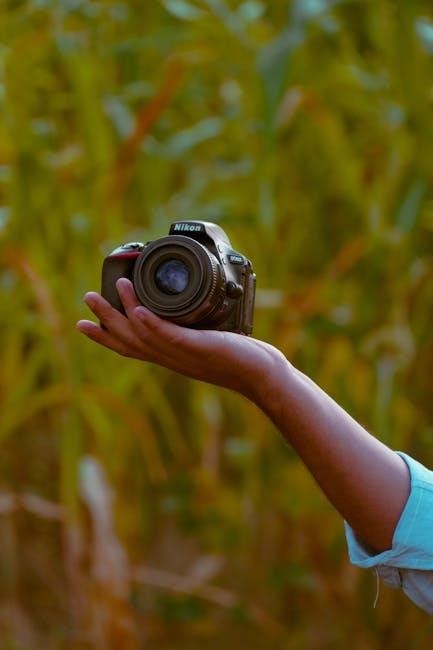
Camera Menu Functions
The Nikon D7100’s menu system provides access to various settings, allowing customization of playback, shooting, and setup options. It also includes retouch options and My Menu customization.
Playback Menu Options
The Playback Menu on the Nikon D7100 offers a variety of tools to manage and enhance your photos after capture. Options include deleting unwanted images, creating slide shows, and rotating pictures shot in portrait orientation. You can also protect images to prevent accidental deletion and hide sensitive photos using the Hide option. Additionally, the menu allows you to view detailed shooting information, such as exposure settings and histograms, helping you analyze your shots. The Photo Information option displays metadata, while Highlights and Shadow options provide insights into overexposed and underexposed areas. These features make it easy to review and organize your photos directly on the camera.
Shooting Menu Options
The Shooting Menu on the Nikon D7100 provides essential settings to customize your shooting experience. Key options include Image Quality, allowing you to choose between JPEG, RAW, or RAW+JPEG formats, and Image Size, for selecting resolution settings. The White Balance option lets you adjust color temperature to match lighting conditions, while ISO Sensitivity enables you to set sensitivity levels or use Auto ISO for flexibility. Additional features like Active D-Lighting help optimize contrast in high-dynamic-range scenes. You can also configure Autofocus modes, such as AF-C for continuous focusing or AF-S for single-shot AF. These settings empower you to fine-tune your camera for optimal performance in various shooting scenarios.
Setup Menu Options
The Setup Menu on the Nikon D7100 offers a variety of customization options to tailor the camera to your preferences. Key settings include Camera Sounds, which lets you enable or disable shutter and AF sounds, and LCD Brightness, allowing you to adjust the monitor’s brightness for optimal visibility. The Language option enables you to choose your preferred interface language, while The Retouch Menu on the Nikon D7100 provides a range of in-camera editing tools to enhance and modify your images without needing a computer. Options include D-Lighting, which adjusts brightness and contrast to improve underexposed images, and Red-Eye Correction, which fixes red-eye effects caused by flash. The Trim feature allows you to crop images to specific aspect ratios or sizes directly on the camera. Additional options like Monochrome and Filter Effects enable you to apply artistic styles to your photos. These tools offer flexibility for quick edits, ensuring your images look their best before sharing or further post-processing. The Nikon D7100 allows you to create a personalized My Menu for quick access to your most frequently used settings. This feature streamlines your workflow by letting you add up to 20 custom menu items from the camera’s various menus. To customize My Menu, navigate to the Setup Menu, select My Menu, and choose the items you want to include. You can also reorder the items for easier access. This customization option is particularly useful for photographers who prefer a tailored interface, saving time during shoots by placing essential functions at your fingertips. It enhances efficiency and ensures a more intuitive shooting experience. Custom settings on the Nikon D7100 allow you to tailor camera behavior to your preferences, enabling personalized control over autofocus, metering, and exposure for enhanced shooting efficiency. AF-C custom settings on the Nikon D7100 enable precise control over continuous autofocus behavior, allowing photographers to tailor tracking and focus acquisition to their specific needs. These settings include options for focus tracking, AF-C priority selection, and lock-on time, ensuring optimal performance in dynamic shooting scenarios. By adjusting these parameters, users can improve subject tracking accuracy, especially when capturing fast-moving subjects or in complex compositions. Customizing AF-C settings helps photographers adapt the camera’s autofocus system to their unique shooting style and the behavior of their subjects, enhancing overall autofocus reliability and responsiveness during continuous shooting sessions. This level of customization makes the D7100 highly adaptable for various photography genres, from sports to wildlife. Mastering these settings is key to achieving sharp, in-focus results consistently. AF-S custom settings on the Nikon D7100 allow photographers to fine-tune the single-servo autofocus mode for stationary subjects. These settings include adjustments for focus acquisition sensitivity, AF point illumination, and switch sensitivity, enabling precise control over how the camera acquires and maintains focus. Customizing AF-S settings is particularly beneficial for portrait, landscape, and studio photography, where accuracy and reliability are crucial. By tailoring these options, users can optimize the camera’s autofocus performance for specific shooting scenarios, ensuring sharp focus on their desired subject. This level of customization enhances the overall focusing experience, making the D7100 a versatile tool for photographers seeking consistent results in various environments and lighting conditions. Properly configuring AF-S settings can significantly improve focus accuracy and speed, adapting to the user’s unique workflow and creative vision. The Nikon D7100 offers advanced metering and exposure customization options to refine your photography. The camera features three metering modes: Matrix, Center-Weighted, and Spot Metering, each tailored for different lighting conditions. Exposure compensation allows adjustments of ±5 EV in 1/3 EV increments, while Active D-Lighting enhances detail in shadows and highlights. Auto Bracketing captures multiple exposures at varying EV levels for later merging. The AE-L/AF-L button locks exposure settings, preventing unwanted changes. Customizing these settings enables precise control over brightness and contrast, ensuring optimal results in diverse shooting scenarios. These tools are particularly useful for capturing high-contrast scenes, such as landscapes or portraits, where accurate exposure is critical. By fine-tuning metering and exposure settings, photographers can achieve professional-grade images with ease and consistency. The Nikon D7100 allows photographers to customize camera buttons to suit their workflow, enhancing efficiency and personalization. Key buttons like the Fn button, preview button, and AE-L/AF-L button can be reassigned to perform specific functions such as RAW shooting, ISO sensitivity adjustment, or bracketing. This feature is particularly useful for streamlining frequent operations, ensuring quick access to essential controls. By tailoring button functions to individual preferences, users can optimize their shooting experience, making the camera more intuitive and responsive to their creative needs. Customization options are accessed through the camera’s menu system, offering a flexible way to adapt the D7100 to different photography styles and scenarios. This level of control empowers photographers to work more efficiently and focus on capturing stunning images. This section helps resolve common issues with the Nikon D7100, such as error messages, autofocus problems, and unexpected camera behavior, ensuring optimal performance and reliability. When using the Nikon D7100, error messages may appear due to issues like incompatible memory cards or firmware glitches. For example, “CARD NOT FORMATTED” indicates the camera cannot read the memory card, while “CHUCK” suggests lens problems. To resolve these, restart the camera, format the memory card in the camera settings, or update the firmware to the latest version. Ensure all lenses are compatible with the D7100. If errors persist, reset the camera to its default settings or contact Nikon support. Regular firmware updates and proper camera maintenance can prevent many of these issues. Always refer to Nikon’s official resources for detailed troubleshooting guides. To resolve autofocus issues on your Nikon D7100, start by ensuring the camera and lens firmware are up to date, as outdated software can cause focusing problems. Clean the lens and camera sensor to remove dirt or smudges that might interfere with autofocus performance. Check that the lens is properly mounted and compatible with the D7100. If using AF-S or AF-C modes, ensure the subject is within the autofocus range and not too small or low-contrast for the camera to detect. Resetting the camera to default settings or performing a firmware update can often resolve persistent issues. For severe problems, contact Nikon support for professional assistance. Regularly clean the camera and lens to prevent dirt and smudges. Store the D7100 in a dry, cool place and avoid exposure to extreme temperatures. Check for firmware updates to ensure optimal performance and use only genuine Nikon accessories for compatibility and longevity. For detailed care instructions, consult the official Nikon D7100 user manual or contact Nikon support for professional advice. Regular cleaning of your Nikon D7100 and its lens is essential to maintain image quality and prevent damage. Use a soft, dry microfiber cloth to gently wipe the camera body and lens surfaces. For stubborn smudges or fingerprints, lightly dampen the cloth with distilled water, but avoid harsh chemicals or abrasive materials. To clean the image sensor, use a blower or compressed air specifically designed for electronics. Never touch the sensor with your fingers, as oils from your skin can cause permanent damage. For the viewfinder and LCD screen, use a screen cleaning tissue or a microfiber cloth. Store the camera in a protective case and avoid exposing it to dusty or humid environments. Professional cleaning services are recommended if you notice persistent dust or debris on the sensor. Keeping your Nikon D7100 firmware up to date is crucial for optimal performance, new features, and bug fixes. Visit Nikon’s official website to download the latest firmware version. Before updating, ensure your camera’s battery is fully charged and avoid interrupting the process. Use a memory card formatted in the camera to transfer and install the firmware. Follow the on-screen instructions carefully to complete the update. For detailed guidance, refer to the Nikon Manual Viewer 2 app, available for iOS and Android, which provides offline access to manuals and firmware update instructions. Regular firmware updates ensure your camera operates at its best, supporting the latest technologies and improvements. Always verify the firmware version on Nikon’s official website to avoid unauthorized or outdated software. Updating firmware enhances functionality and compatibility with Nikon accessories and lenses, ensuring a seamless photography experience. Explore a wide range of accessories and lenses designed for the Nikon D7100. Compatible Nikkor lenses, including AF-S and DX models, enhance versatility. Additional accessories like battery grips, memory cards, and camera bags are available to optimize your photography workflow and ensure durability. Visit Nikon’s official website for a full list of compatible products tailored to your D7100. To enhance your Nikon D7100 experience, consider investing in recommended accessories. The MB-D15 battery grip extends shooting capacity and improves ergonomics for vertical shooting. EN-EL15 rechargeable batteries ensure uninterrupted power. High-speed SD memory cards, such as UHS-I or U3, are ideal for burst mode and video recording. A quality tripod, like the Nikon AH-4, stabilizes the camera for sharp images. Additionally, Nikon offers a range of protective cases and camera bags to safeguard your equipment. For lens care, microfiber cloths and UV filters are essential. Visit Nikon’s official website or authorized dealers for genuine accessories tailored to your D7100, ensuring optimal performance and durability. The Nikon D7100 is compatible with a wide range of Nikkor lenses, offering versatility for diverse photography needs. Popular choices include the AF-S DX NIKKOR 18-105mm f/3.5-5.6G ED VR and AF-S DX NIKKOR 16-80mm f/2.8-4E ED VR, ideal for everyday shooting. Prime lenses like the AF-S NIKKOR 50mm f/1.8G are excellent for portraits, while telephoto options such as the AF-S NIKKOR 70-300mm f/4.5-5.6G IF-ED are perfect for wildlife and sports. The D7100 also supports FX-format lenses, making it adaptable for full-frame photography. Additionally, older AF-D lenses can be used in manual focus mode with metering support, though autofocus is not available. Explore Nikon’s extensive lens lineup to unlock your D7100’s full creative potential, ensuring compatibility and optimal performance for your photographic endeavors. For further learning, visit Nikon’s official website to download the full D7100 user manual in PDF format or explore online communities and forums for tips and discussions. To access the complete Nikon D7100 user manual, visit Nikon’s official website or trusted platforms like ManualsLib. The manual is available in PDF format, ensuring easy access and offline viewing. Use the Nikon Manual Viewer 2 app for iOS and Android to download and store the manual on your device. This resource provides detailed instructions on camera operations, shooting modes, menu functions, and troubleshooting. It also covers advanced features like custom settings and maintenance tips. Ensure you have Adobe Reader installed for seamless PDF viewing. Downloading the manual is essential for mastering your D7100 and resolving any operational queries effectively. This comprehensive guide will help you unlock your camera’s full potential and enhance your photography skills. Engage with online communities and forums dedicated to Nikon enthusiasts, offering valuable insights and support for your D7100. Websites like Nikon Imaging Cloud and ManualsLib provide forums where users share experiences, tips, and solutions. These platforms are ideal for troubleshooting, learning advanced techniques, and staying updated on firmware releases. Participate in discussions to gain practical advice from experienced photographers and Nikon experts. Additionally, Nikon’s official support pages and social media channels offer resources and updates. By joining these communities, you can enhance your photography skills and resolve camera-related issues efficiently. These forums are a great way to connect with fellow D7100 users and expand your knowledge base. Your Nikon D7100 is backed by a limited warranty that covers manufacturing defects for a specified period. For detailed warranty terms, visit Nikon’s official website or contact authorized dealers. Nikon also offers dedicated customer support through their website, providing access to troubleshooting guides, firmware updates, and repair services. Ensure your camera is registered with Nikon to validate the warranty and receive timely assistance. Additionally, Nikon’s support team can be reached via phone or email for technical inquiries. Firmware updates are regularly released to enhance camera performance, so check the Nikon website periodically for the latest versions. For any issues, refer to the warranty documentation or contact Nikon support for professional help and maintenance advice.Retouch Menu Options
My Menu Customization
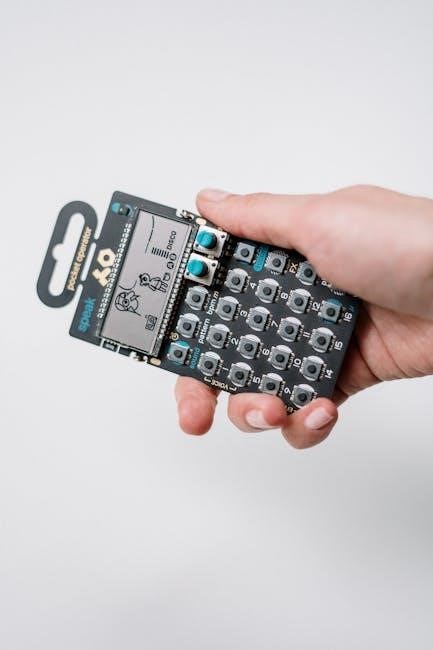
Custom Settings on the Nikon D7100
AF-C Custom Settings
AF-S Custom Settings
Metering and Exposure Customization
Metering and Exposure Customization
Customizing Camera Buttons

Troubleshooting Common Issues
Resolving Camera Error Messages
Fixing Autofocus Issues
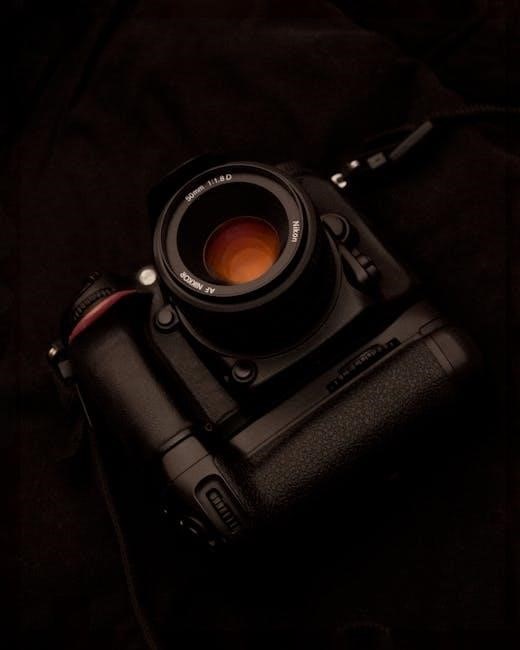
Maintenance and Care
Cleaning the Camera and Lens
Updating Firmware
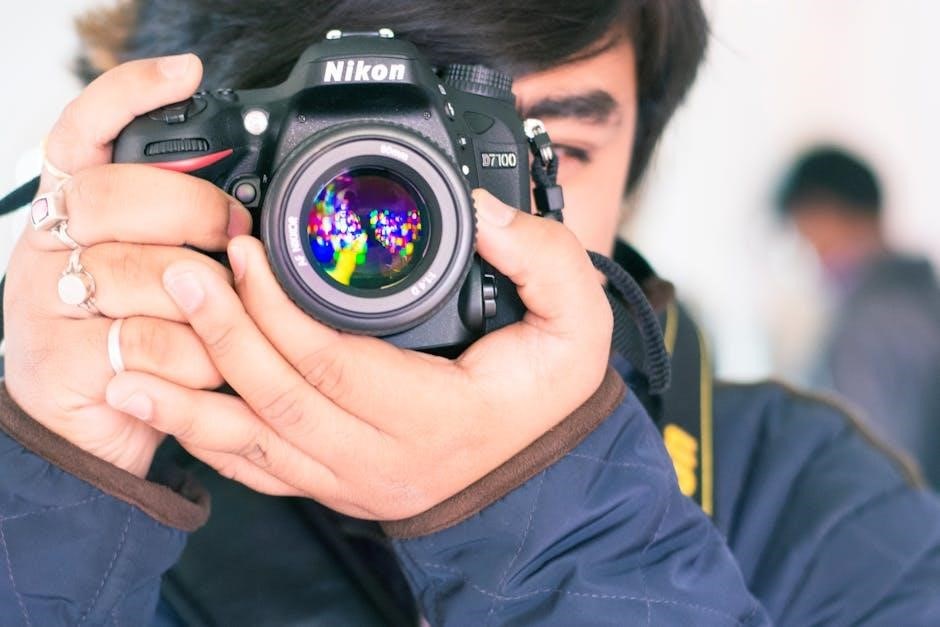
Accessories and Compatible Lenses
Recommended Accessories
Compatible Nikkor Lenses
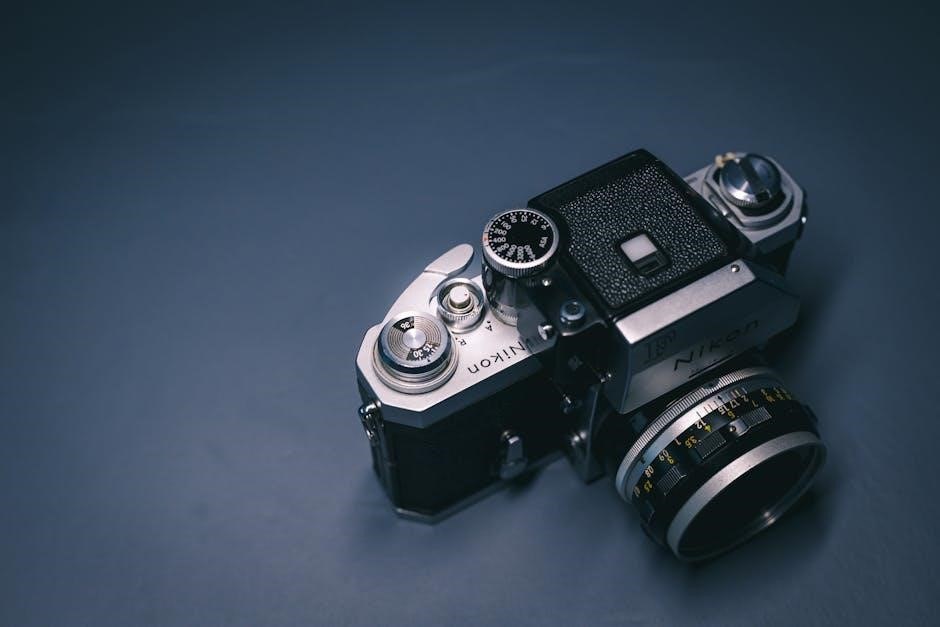
Additional Resources
Downloading the Full User Manual
Online Communities and Forums
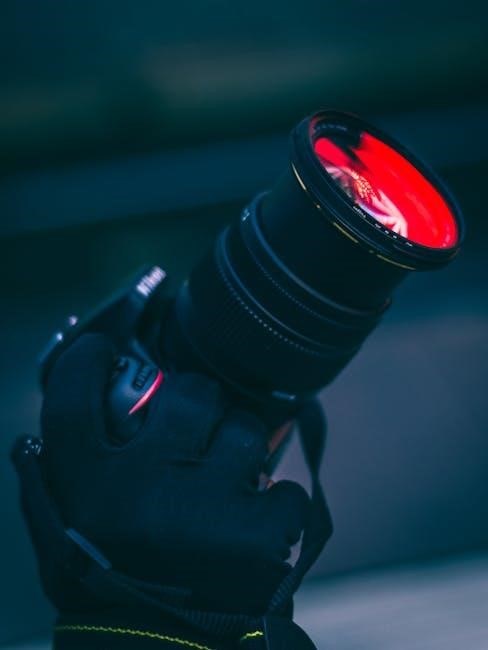
Warranty and Support Information

